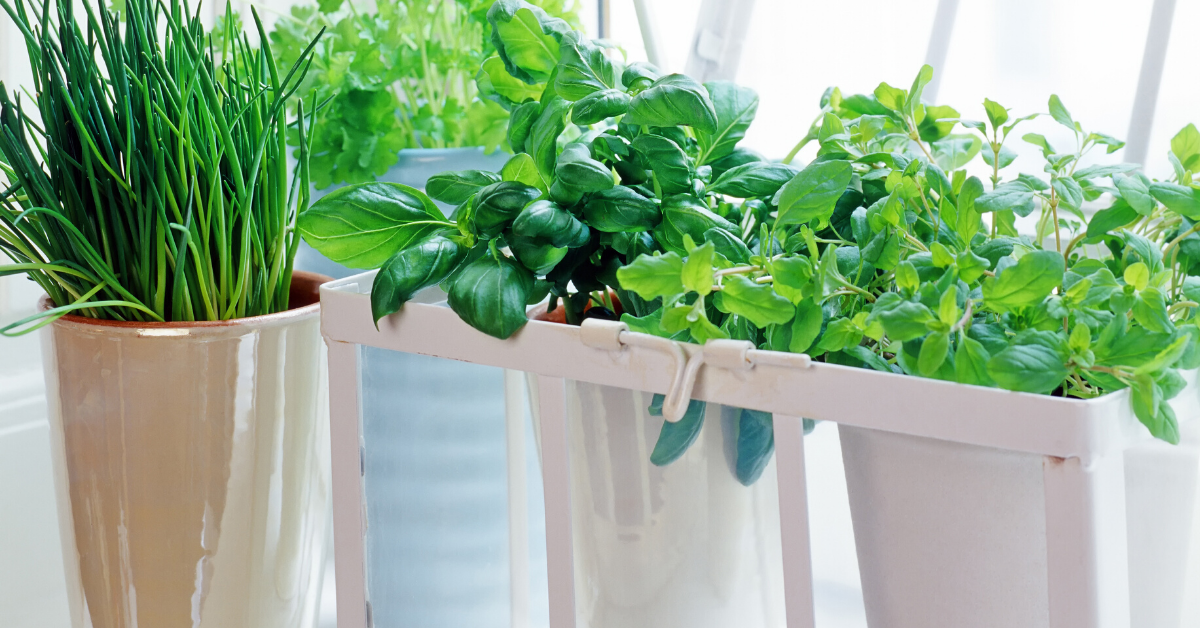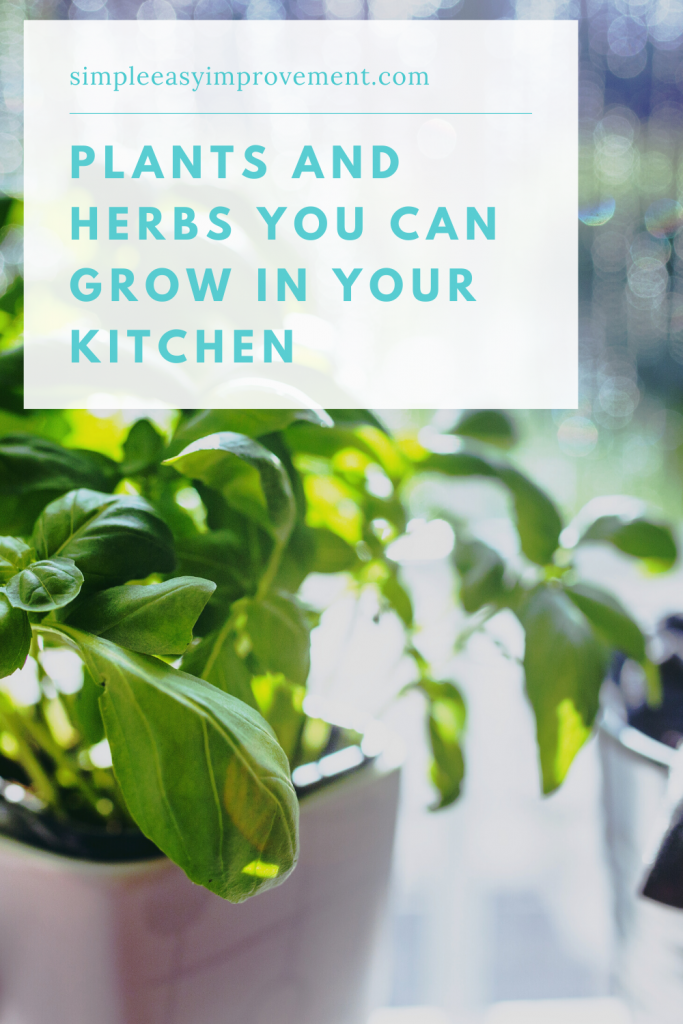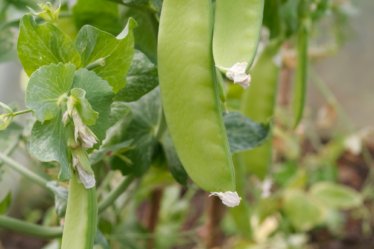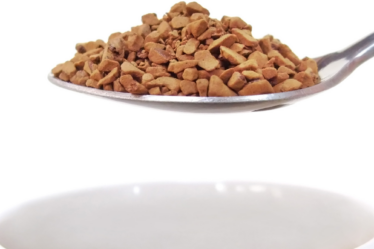
When you love to cook, you’ve got to love having fresh ingredients in your kitchen. Especially herbs. It’s simply not the same when you buy preserved or dried herbs from the supermarket, because they are hardly fresh when we bring them home. Unless you go to the supermarket every day for your ingredients and herbs, you’ll just have to be satisfied with the not-so-fresh ingredients.
Unless you can start your own kitchen garden!
There’s something almost magical about adding a few basil or mint leaves to your cooking, isn’t there? These herb plants don’t take up a lot of space, and you can actually start a small garden in your own kitchen. It doesn’t take much and there’s almost no expense, but with a small herb garden in your kitchen, you can have access to any of your favorite herbs every time you need them.
You can grow up to 20 types of herbs and small plants in your kitchen, within a very small space.
- Parsley
A mildly bitter herb that is mostly used as a garnish for food, parsley is used for good digestion. It doesn’t have a very strong flavor; it is used in soups and curries, as well. Parsley is best grown in a mild climate but can live all winter. Parsley plants can be grown from seeds and need a very small space to grow in. You can tear away as many leaves as you need when cooking and new leaves will sprout out. If you have a west- or east-facing window in your kitchen, that’s the best place to grow parsley.
- Mint
Mint plants can be started in a small pot with just a few seeds; basil grows best if you have a south-facing window with a lot of sunlight and warmth. Both categories of mint: peppermint or M.x Piperita and spearmint or M. Spicata can grow well in small pots on your window sill. However, mint plants should have their own pots as they can easily overtake other plants and stop them from growing.
- Oregano
If you love homemade pizza, you’ll love to add a few fresh oregano leaves on it before baking, instead of dried ones from a jar. You can start a new oregano plant from some cuttings or by division; at the end of summer, you can take a few cuttings of oregano and keep them immersed in water, for the roots to start growing. When the roots come out in the water, you can plant the cuttings in a small pot in soil.
Fresh oregano leaves are much milder than the dried ones we can find in supermarkets. They are best used at the end of your cooking or baking to get the maximum flavour.
- Rosemary
To grow rosemary in your kitchen, you need a four-inch cutting of a rosemary branch, from the tip. The branch needs to be stripped of any lower foliage and then planted in a pot filled with soil. For the first few weeks, the pot needs to be covered with plastic for the humidity to stay inside as the roots start to sprout. Rosemary can be grown indoors throughout winter if you can collect the branch at the end of summer. You can also grow rosemary from seeds, but the germination process is much slower with seeds than with cut branches. This plant needs full sunlight to grow, as well as light and well-drained soil.
- Sage
Sage isn’t really a herb that is used in most households, but it can be an excellent herbal remedy for a number of problems. Tea made with sage leaves are used to calm a person down when anxious, stressed or in case of infection around the mouth and throat.
Sage can be grown from seeds in a pot inside the kitchen, but they need to harvest for a whole month while their roots can establish and strengthen. In winter, sage needs to be harvested indoors but can be transferred outside in the spring.
- Thyme
Thyme can be grown from seeds indoors, in a small pot or container and can also be transferred outside. Inside, you can grow thyme all through winter but the plants can be transferred outside in spring. Growing thymes are easy indoors by planting a soft tip of thyme plants cut from a larger plant outside; you can also dig up smaller thyme plants from outside and replant the whole thing inside in a pot.
Thyme needs to be planted alongside an east- or west-facing window in your kitchen.
- Bay Leaves
Bay plants are slightly larger than most kitchen plants, but you can still grow them in your kitchen if you can make sure not to let them get too crowded with time. Bay plants grow very slowly at first but they eventually grow into the size of a healthy indoor plant and can be also shaped and trained to form a bush or a topiary. The healthy bay leaves are quite beautiful so you can actually keep them inside your living room or dining room as any other indoor plant, not just a herb.
Bay leaves are crucial in Eastern curries; no recipe from the Indian subcontinent is complete with at least a few dried or fresh bay leaves.
- Cilantro
Cilantro is also known as Chinese parsley and it has a citrus-like flavour, not unlike the taste of sage. Cilantro is best grown in a small pot from seeds, but each batch can be only harvested once. Cilantro once grown from seeds doesn’t regrow after the leaves have been torn off. Each batch of cilantro is only good for one use, so if you like to cilantro in your cooking, you might want to start a few batches of cilantro at the same time for continuous use.
- Dill
Just like cilantro, dill can be grown indoors but can be harvested only once. For continuous use, you need to start several batches of dill, preferably, in different stages. The perfect dill for growing indoors is “fern leaf”, which is usually used as a flavouring agent in cooking potatoes, peas, fish and lamb. Dill is quite easy to grow indoors; besides being a flavouring agent, dill plants can also help keep annoying insects away from your home.
- Chervil
Chervil, on the other hand, is the French version of parsley, and they look and taste similar to anise. Chervil can be grown in small pots in your kitchen; for this, you need to snip the outer stems and leaves of chervil away and plant the branches in soil. Another way to grow chervil is to gather a small cluster of chervil springs together, cut an inch above the soil, and replant them in your kitchen garden.
- Chives
Adding chives to your cooking gives the food an onion-like taste and flavor, and it is extremely easy to grow this herb inside your kitchen garden. Chives can be grown from indoors’ all you need is to plant the seeds in a pot and the chive leaves will sprout out. Chives can grow very tall within a very short time, so it is important that you use them often in your food and maintain the height of the herbs.
- Tarragon
Tarragon plants can be grown from cuttings in small pots inside your kitchen, and they grow tall extremely quickly, within a few days of planting. This is a great herb for pots and containers and requires very little looking after; every time you trim the top of the leaves, they grow back very fast. Tarragon grows better in cooler climates and moist soil; it dies in winter but will grow back in spring.
Besides these 12 most common herbs, you can also grow fennel, chamomile, lavender, catnip, stevia and Aloe Vera in your kitchen. In a very small space, these plants won’t just supply you with fresh herbs for your cooking, but also provide you resistance against insects, infection, and dust. A kitchen garden can be the perfect way to bring a slice of nature into your home, and save you a lot of money in buying dried and preserved herbs from the supermarket.



